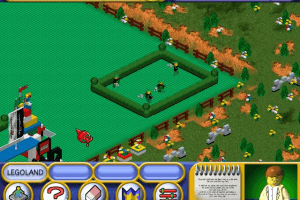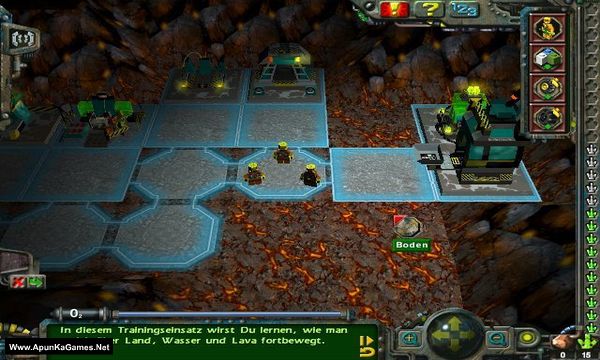
#How to play lego rock raiders on windows 10 keygen

Prince Shotoku Dogata Half-Buddhist Statue, 3rd year of Reiwa (2021), Shitenno-ji, collection Osaka.Prince Shotoku’s Constitutional Proclamation Domoto Impression Brush 1951 Kyoto Prefectural Domoto Impression Museum (Small sketch from a large mural in former Supreme Court.).Statue of Taishi Magami, Momoyama period, 16th to 17th centuries, Eifuku-ji Temple, Osaka.National Treasure Shitennoji Engi (Go-Daigo Emperor Go-Daigo) Nanbokucho period Kenmu 2nd year (1335) Osaka Shitenno-ji Temple collection.Kamakura period 13th-14th centuries Kyoto Byakugo-ji Temple collection Courtesy of the Kanagawa Prefecture Kanazawa Bunko Museum.(Photo by Masayoshi Nokubo) Courtesy of the Kanagawa Prefecture Kanazawa Bunko Museum. Important Cultural Property Prince Shotoku Children’s Statue (Koyo Statue) Kamakura Period 14th Century Ibaraki Zenju-ji Temple collection.Prince Shotoku child figure, Rokuomi figure, 16th century, Osaka, Shitenno-ji Temple collection.

Illustrated Biography of Prince Shotoku, Artist: Totomi Hokkyo (Kamakura period, dated 1323) Shitenno-ji Temple collection, Osaka.Along with those like the Soga clan with which he had close ties, he fought against and won a religious battle against another powerful Japanese family, the Mononobe clan, who claimed that Buddhism competed with the ancient Japanese gods and insisted on its exclusion. Prince Shotoku was a central figure in spreading Buddhism, which originated in India, in Japan. The exhibition is well curated so that through Prince Shotoku, even beginners will be able to understand the course of Buddhism in Japan and the prince’s long-standing faith. Prince Shotoku: In Commemoration of his 1400 th Grand Memorial, kicked off at the Suntory Museum of Art in Akasaka, Tokyo, on November 17. Handbill for the Suntory Museum of Art exhibition on Prince Shotoku.Prince Shotoku’s portrait has appeared on Japanese banknotes 7 times, beginning with the design of the 100 yen banknote in 1930 and more recently on large-value currency bills, making his face widely familiar throughout Japan. It is an honorific title modern Japanese use when referring to this historic figure. Although his real name is Umayado no Miko, and sometimes he is referred to as Umayado no Ōji (the prince of the stable door) or Umayato Ō (the king of the stable door), most people recognize him as “Shotoku Taishi” (Prince Shotoku) (574-622).


 0 kommentar(er)
0 kommentar(er)
